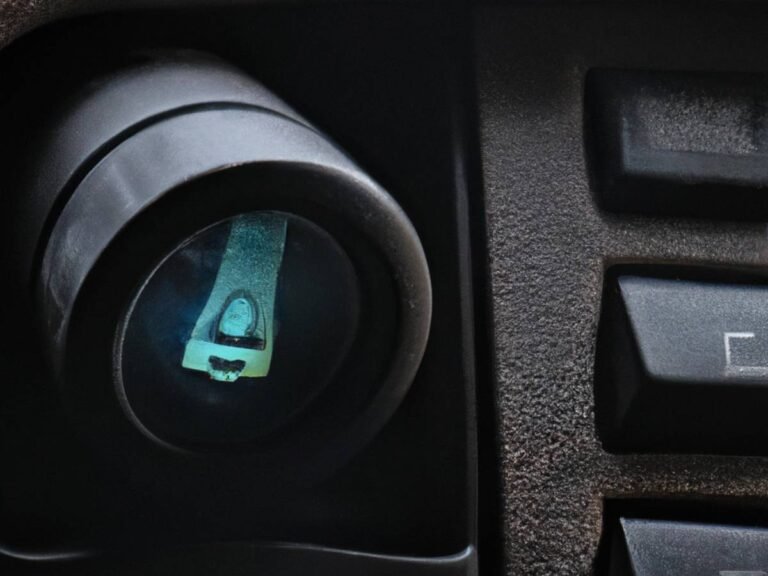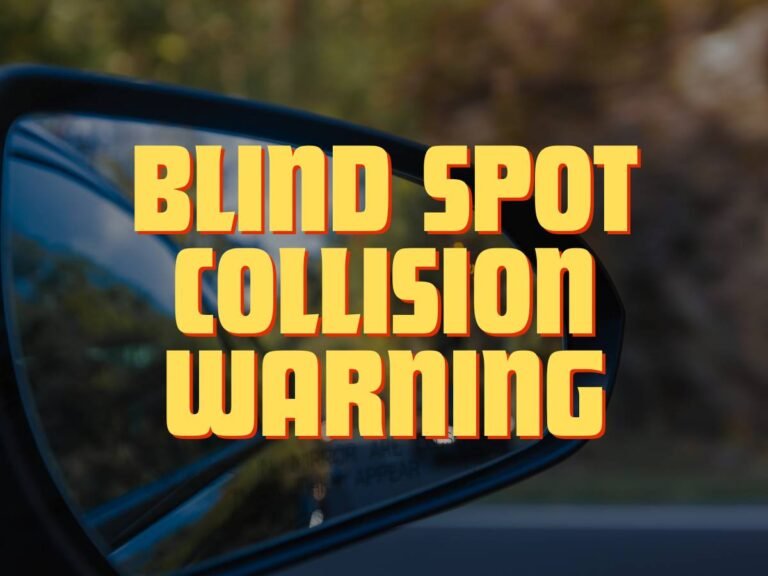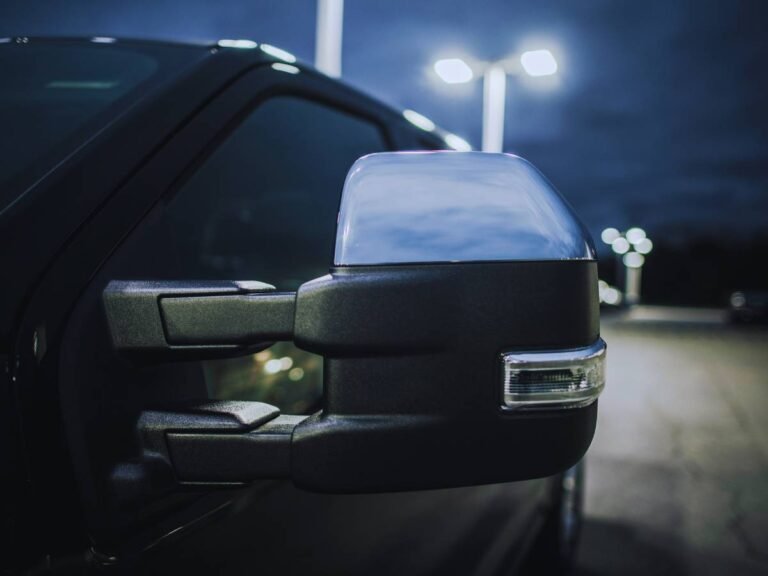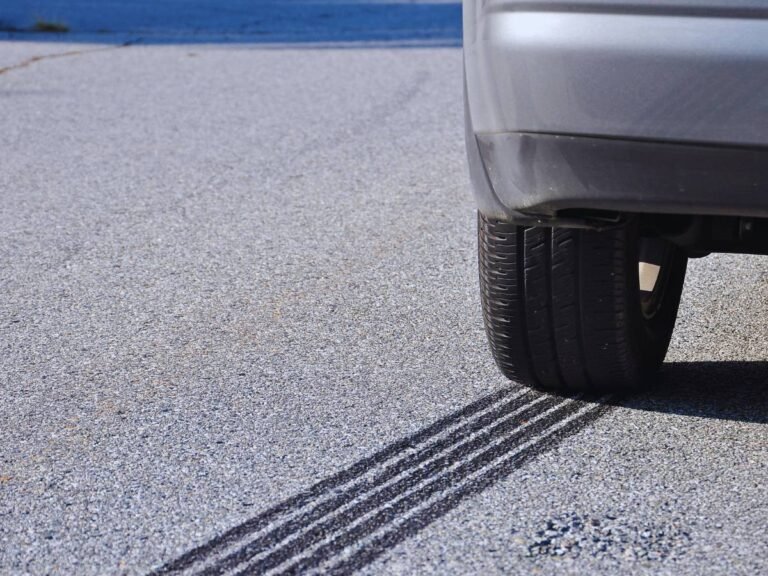What Is a Mirror Dashboard Camera and How to Install It?
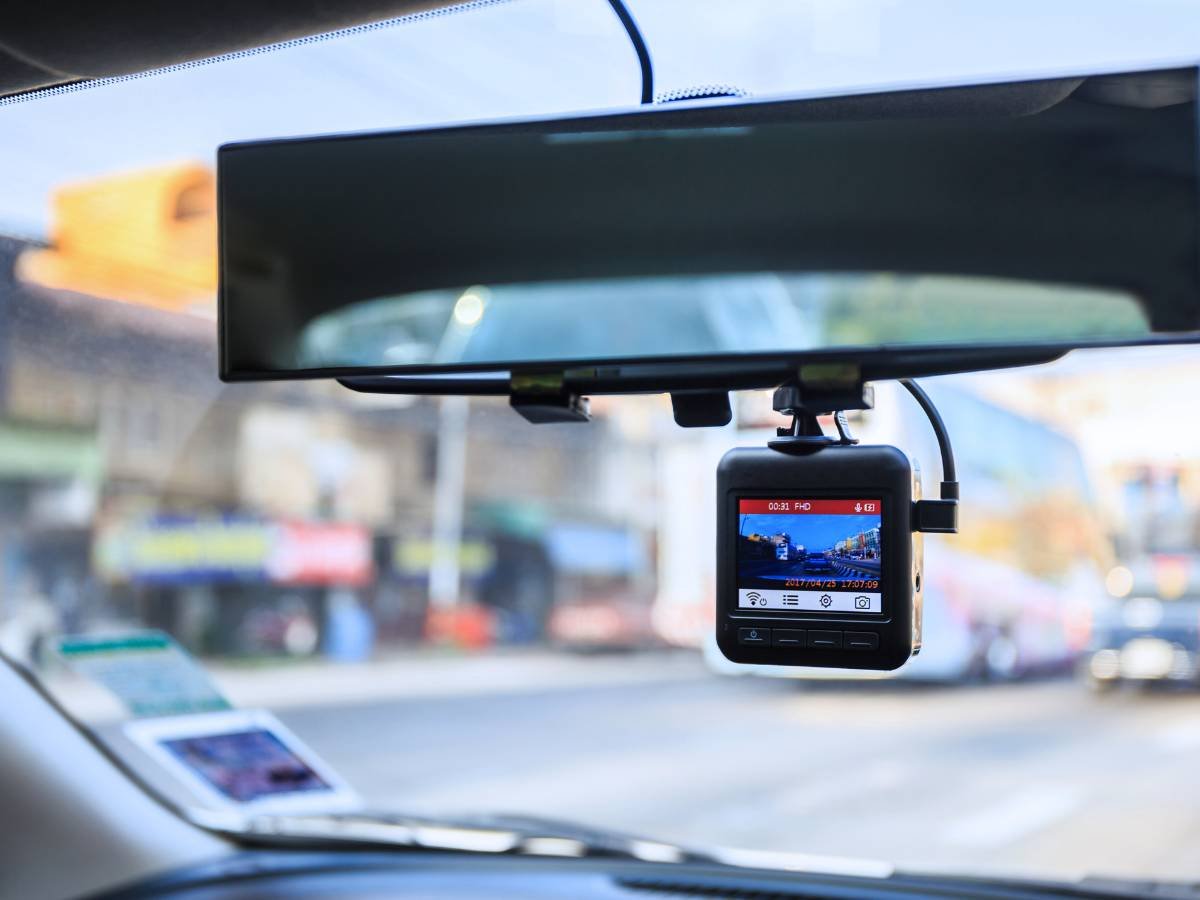
A mirror dashboard camera is pretty much like a traditional dash cam. It offers the classic feature of video recording, combined with storage. Some of its models offer real-time viewing, allowing drivers to track their surroundings, especially blind spots. Generally, it can be installed in cars, trucks, SUVs, etc.
Using a dashboard camera mirror is pretty beneficial in today’s traffic. That’s because the number of vehicles on the road is higher than ever. In this condition, this camera-based system provides the much-needed extra set of eyes on the road. So, let’s look at a mirror dashboard camera in detail to provide a clearer picture!
What Is a Mirror Dashboard Camera & Why Does It Matter?
A mirror dashboard camera is an innovative device that combines the functionalities of a traditional rearview mirror and a dash cam. This modern gadget typically replaces or overlays your existing rearview mirror. It integrates a high-definition camera that records the view through your windshield and sometimes even the rear view of your vehicle.
The camera-based driving assistance system captures real-time video footage of the road, providing valuable evidence in the event of an accident or dispute.
Mirror dashboard cameras are designed to be discreet and multifunctional. They often feature:
- High-Resolution Recording: Capturing video in Full HD or even 4K resolution for clear, detailed footage.
- Touchscreen Display: A touchscreen interface that acts as a rearview mirror and a display for the recorded footage.
- Dual Cameras: Some models come with front and rear cameras, providing comprehensive coverage.
- G-Sensor Technology: Automatically detects collisions or sudden movements and saves the footage for review.
- Parking Mode: Monitors your car while it’s parked, recording any incidents while you’re away.
Importance of Mirror Dashboard Camera
Investing in a mirror dashboard camera offers numerous advantages that enhance your driving experience and safety. That includes:
- Accident Evidence: In the unfortunate event of an accident, a mirror dash cam provides crucial video evidence. That can be used to establish fault and support insurance claims.
- Deterrent to Theft and Vandalism: Visible cameras can deter potential thieves and vandals from targeting your vehicle.
- Driver Behavior Monitoring: Ideal for fleet management and parents of teen drivers, it helps monitor and improve driving habits.
- Recording Scenic Drives: For road trip enthusiasts, a dash cam allows you to capture beautiful landscapes and memorable journeys.
- Improved Visibility: Many mirror dash cams include features like night vision and wide-angle lenses, enhancing your ability to see clearly in all conditions.
- Accurate Incident Reporting: The ability to record video footage ensures accurate reporting of incidents, reducing the risk of false claims and misunderstandings.
- Peace of Mind: Knowing that every moment on the road is being recorded gives drivers peace of mind, encouraging safer driving practices.
- Support in Legal Matters: Recorded footage can be a crucial piece of evidence in legal proceedings, protecting you from false accusations.
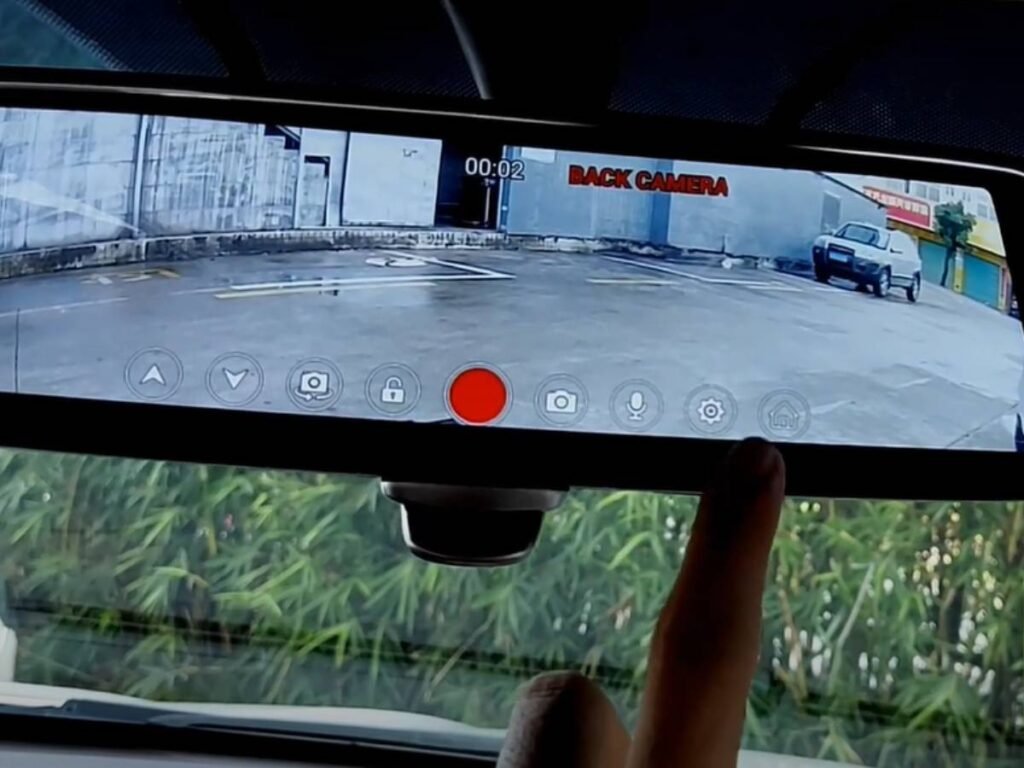
Features to Consider When Buying a Mirror Dashboard Camera
Are you looking forward to buying a mirror dashboard camera? Consider the following features!
High-Resolution Recording
Clear video quality is crucial for accurately capturing details like license plates, road signs, and other important elements. High-resolution recording ensures that the footage is sharp and detailed. That is especially important when reviewing the video for evidence after an incident.
Examples of high-resolution recording standards include:
- Full HD (1080p): Provides a good balance between video quality and file size, offering clear and detailed footage.
- Quad HD (1440p): Offers higher detail and clarity than 1080p, making it easier to discern finer details.
- 4K Ultra HD (2160p): The highest resolution available, providing extremely sharp and detailed video, ideal for capturing minute details even at a distance.
Wide Angle Lens
A wide-angle lens allows the camera to capture a broader view of the road. It ensures that more of the surrounding area is recorded. That can be crucial in capturing events that occur on the periphery of your vehicle, like side collisions.
A wide-angle lens, typically ranging from 120° to 180°, can capture more of the road and surroundings, reducing blind spots. With a wider field of view, the camera can record more of the events leading up to and following an incident, providing a comprehensive record.
Night Vision
Night vision is an essential feature for recording clear footage in low-light or nighttime conditions. It allows the camera to maintain high video quality regardless of the lighting conditions, ensuring that important details are captured even in the dark.
Cameras equipped with infrared LEDs can illuminate the road ahead without being visible to the naked eye, providing clear footage in complete darkness. Alternatively, advanced low-light sensors can enhance the camera’s ability to record in dim conditions, reducing graininess and improving clarity.
G-Sensor & Parking Assistance
A G-sensor (accelerometer) and parking mode are critical features for automatically detecting and recording incidents. Why is that? Let us explain.
G-sensors detect sudden movements or impacts, such as during an accident. Additionally, they automatically lock the recorded footage to prevent it from being overwritten.
On the other hand, parking mode activates the camera when the car is parked and detects motion or impacts. It records any incidents that occur while you are away from your vehicle.
GPS Tracking
GPS tracking adds a valuable layer of data to your recordings. It provides precise information about your location and speed. One benefit of GPS tracking is that it records the vehicle’s location. That can help document travel routes and pinpoint the location of incidents.
Similarly, its ability to track the speed of your vehicle can also come in handy. That is especially true for critical evidence in case of disputes about speeding or traffic violations.
Dual Camera Models
A dual-camera system includes both front and rear cameras. It offers comprehensive coverage of your vehicle’s surroundings. It takes things one step further than a traditional dash cam which works on a single camera.
The front camera captures the road ahead, documenting incidents occurring in front of the vehicle. It records the view behind the vehicle which can be crucial for incidents like rear-end collisions or while reversing. Moreover, it provides a complete view of your driving environment, enhancing safety and security.
Installing a Mirror Dashboard Camera
Let’s say you have bought a rear view mirror dashboard camera. So, how do you install it? Let’s find out!
Step 1: Mount the Camera
Mounting the camera correctly is crucial for capturing clear and comprehensive footage. First, place the camera in the center of the windshield for an optimal view. Ensure the camera lens is positioned at the same height as the rearview mirror to avoid obstruction.
For dual camera systems, position the rear camera on the back windshield or license plate area. These positions can vary depending on your dashboard camera’s model and its specifications.
Step 2: Secure the Camera
Use the provided mounting brackets or adhesive pads to attach the camera securely to the windshield. Now, adjust the camera angle to ensure it covers the desired field of view.
For mirror dash cams that overlay your existing rearview mirror, ensure the straps or clamps are tightly secured.
Step 3: Power & Accessories
Plug the power cable into the camera’s power port. Then, route the cable along the edge of the windshield, tucking it into the headliner and down the A-pillar. Lastly, connect the cable to the car’s power source, either the cigarette lighter socket or hardwire it to the fuse box for a cleaner installation.
After that, you have to worry about additional accessories if your system has any. Connect additional accessories such as the rear camera or GPS module, following the manufacturer’s instructions. Then, secure any loose cables with cable clips or zip ties to prevent them from interfering with your driving.
Step 4: Finalize the Installation
Setting up the camera for the first time involves configuring the settings to suit your preferences. So, start your vehicle to power on the camera and ensure it begins recording automatically.
Then, set the date and time: Accurate timestamps are crucial for evidence. Choose the highest resolution your camera supports for the best quality footage. Also, try activating additional features like G-sensors to test them. Lastly, adjust the sensitivity settings for motion detection and impact detection according to your needs.
Conclusion
Investing in a mirror dashboard camera is a smart move for any driver looking to enhance their safety and security on the road. By choosing a mirror dash cam with high-resolution recording, a wide-angle lens, night vision, G-sensor, parking mode, GPS tracking, and a dual camera system, you ensure comprehensive coverage and reliable performance.
These features not only capture critical details but also offer peace of mind by documenting your journeys accurately and effectively. Proper installation and setup are key to maximizing the benefits of your mirror dash cam. Ultimately, a mirror dashboard camera is more than just a recording device; it’s a vital tool for protecting yourself and your vehicle.


